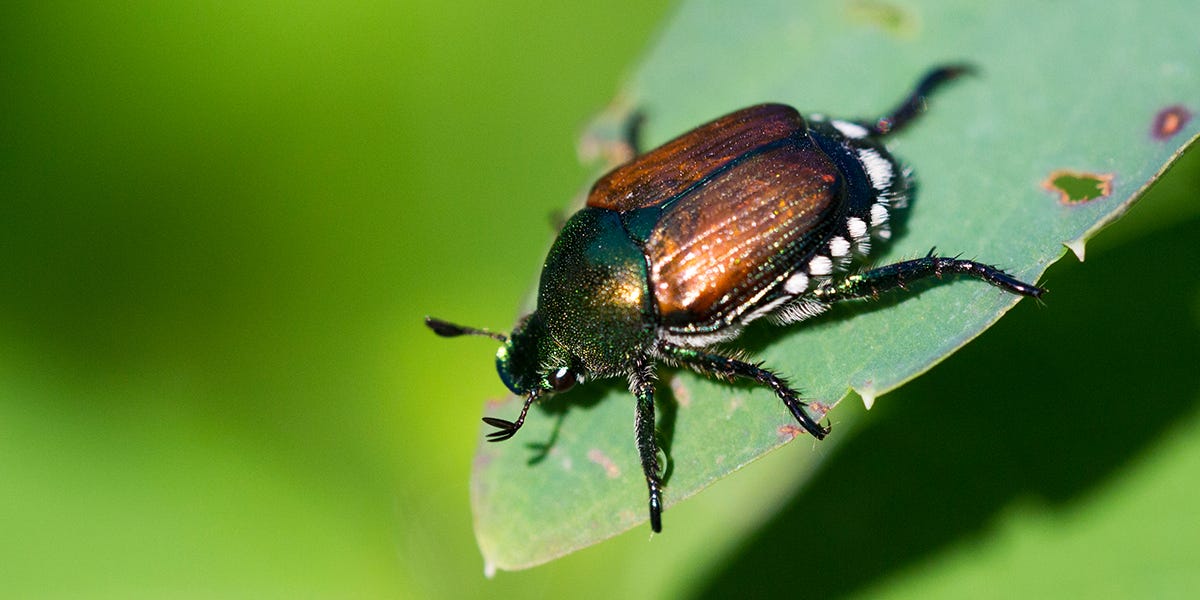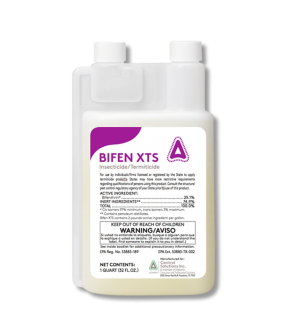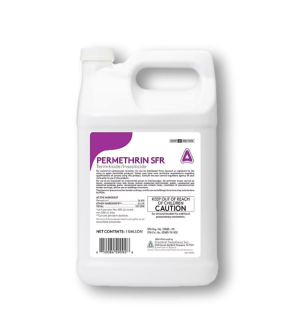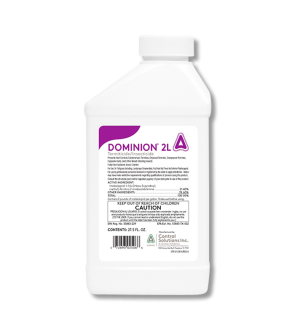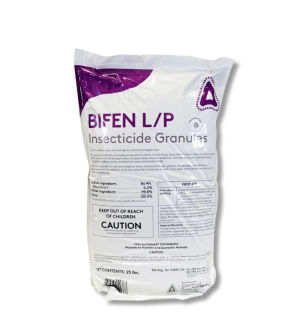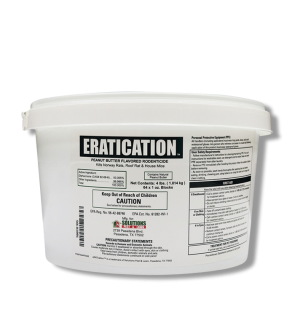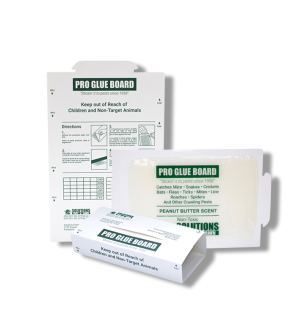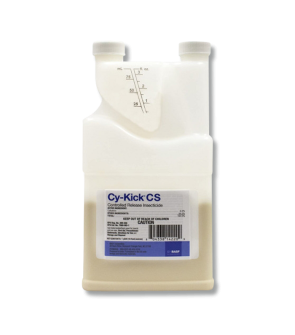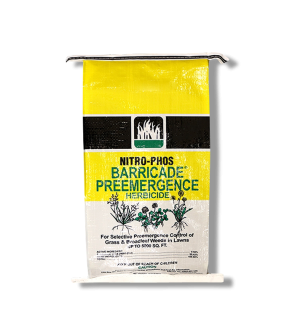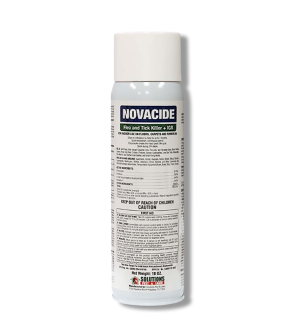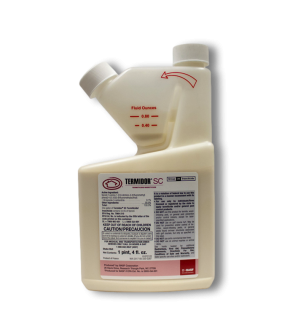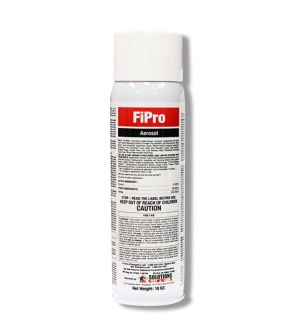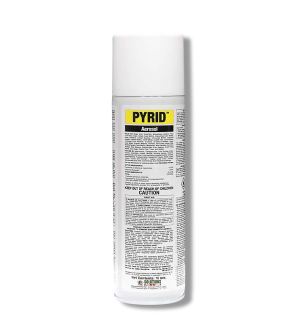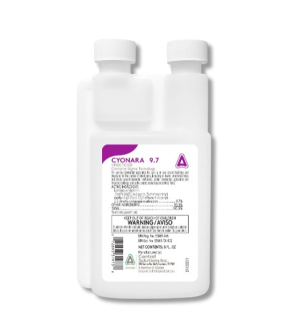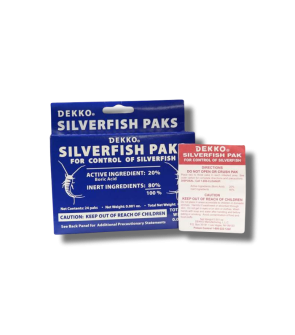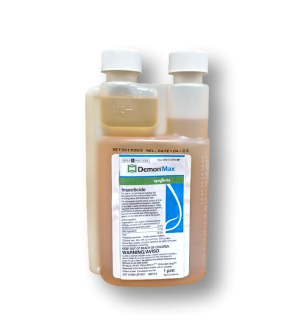Gain access to personalized product screening, the best pricing, rewards, and more!
Most Effective Products
More Pests
This page is a general control guide for bugs that you can’t identify. This guide will go over general IPM (Integrated Pest Management) strategies and techniques that use a broad approach to control most types of insects.
It might come as no surprise but homes, commercial buildings, and businesses can be invaded by a wide variety of insect pests. While the usual suspects tend to be cockroaches, bed bugs, mosquitoes, and rodents, there are other less conspicuous pests that can visit homes and businesses and transmit disease, create structural damage, or even bite or sting.
This section is home to these pests that might not be widely common, but when they infest, they are known to create problems. Here you can find detailed guides that have been arranged alphabetically by their most common names.
In these guides, you will learn how to identify these pests, inspect for the possible harborage areas, how to treat and control them using our professional-grade products that have been hand-picked by pest control professionals, and how to enact preventative steps so they won’t invade again.
If you’re unsure about the name or even the type of bug or pest invading your home, this page will go over some IPM (Integrated Pest Management) techniques and general strategies that should cover most bases when it comes to doing a broad-spectrum DIY pest control program in your home or business.
Identification

Before you can carry out a control program, you need to know the pest you are dealing with. Identification is crucial to know the correct approach to take and insecticides to use. There are a lot of insects in the world, and many times species and types of bugs can be confused with one another.
Whenever you’re trying to identify the insect pest there are some key questions you have to ask yourself that will bring you closer to identifying it. Below are some questions you should ask yourself when identifying your insect pest.
- How many legs does it have?
- Does it have wings?
- Can it fly?
- Does it have antennae?
- Does it have any weird or odd protuberances like horns or spikes?
- How big is it?
- Where are you seeing it? Indoors or outdoors?
- Does it bite or sting?
- Are you seeing it during the day or at night?
All these are key questions that will bring you closer to identification. As soon as you have identified your bug and know its name you can use our detailed guides to the left to apply control. But if you’re still unsure of what pest you have read on and we’ll share with you some broad practices that will control many insect pests.
Inspection

Any treatment or control plan must have a thorough inspection. Before you can apply treatment you need to know the harborage areas where your insect pest is hiding. During the inspection, you can identify damage (structural or otherwise), the entry points they might be using to get inside your home, harborage areas, and the places where you should apply your products.
Once you have confirmed their harborage areas, or the places where they are most active, or even the cracks and crevices where you have seen them emerge or hide in, these are all the places where you will apply treatment.
Treatment
Once you have confirmed their harborage areas or the places where they are most active, it is time to apply pesticide treatment. If you plan on using professional-grade products it is pivotal that you always read the labels and follow the application instructions on these labels, and to protect yourself by wearing personal protective equipment (PPE) like chemical gloves, face masks, and safety glasses.
Step 1 - Outdoor Treatment with Supreme IT

In an IPM program, you will use multiple techniques and strategies in unison to obtain complete control of your insect pest. This could include biological, mechanical, changes in habitats, and the use of chemical products to provide complete control depending on your pest.
Since you do not know the type of pest you’re dealing with we will start with a broad-spectrum product (meaning that it will treat a wide selection of pests) called Supreme IT. Supreme IT is labeled to treat more than 75 insect pests, and it not only kills but also repels insects, which makes it perfect to spray around your home to prevent them from getting inside. It also has residual control (or long-term effects) that will keep killing bugs for up to 90 days.
Mix 1 ounce of Supreme IT with a gallon of water inside a pump sprayer. You will do a perimeter treatment, to do this, you will spray 3 feet up and 3 feet out from the foundation of your structure. Spray your whole property this way, while also spraying window frames, door frames, eaves, soffits, rain gutters, garage doors, electrical/plumbing penetrations, and any small crack and crevice.
Do not let people or pets enter areas treated until 2 to 4 hours have passed.
Prevention

Prevention is the final step for complete control. During the prevention phase of the treatment plan you will enact these other IPM strategies that include mechanical, biological, and change of habitats that will bring you closer to complete control. Most pest animals and insect pests are attracted to the same things: food, water, and shelter. So any part of any good IPM program is to reduce the likelihood of all these things.
- Start by reducing moisture around your property. Fix leaks or areas in your lawn where water builds up.
- Reduce their harborage areas (or shelters) by picking up leaf litter, yard debris, and wood piles.
- Prevent from getting inside to look for food and shelter by closing off and sealing any cracks and crevices around your property. To do this, use caulking, copper mesh, or our pesticide foam to completely close off their entryways.
- Use Supreme IT every 3 months to maintain a protective insecticidal barrier around your property.
Key Takeaways
Dealing with Uncommon Pests
- Aside from the usual common pests that invade homes like roaches, ants and rodents, there are plenty of uncommon pests that can invade properties that need to also be addressed. This section covers some of the more obscure pests you may come across in your yard or home.
How to Get Rid of Uncommon Pests
- Identification is an important first step in addressing most uncommon pests. Once you know the specific pest you are dealing with, you can then learn more about the pest, their habits and tendencies and what pesticide can control them.
- Check out our subcategories to learn about various pests that may invade your property for specific information and treatment advice.
- Supreme IT is a highly recommended product we suggest if you are not sure of the pest you are dealing with. It has a broad label and can control more than 70 different pests.
Preventing Pest Reinfestations
- Remember to seal and close off any possible entry point or crack or crevice into your home.
- Also, remember to make changes to your yard. By changing the environment and reducing their harborage areas they will be forced to move a property that provides them with better opportunities.
- Also, spray Supreme IT every 3 months around your property to reduce maintain a protective barrier that will kill and repel insects from coming close to your property.
-
Q:I live next to a farm, what can I use to control the flies in my yard? I have fly bags up everywhere but there are still 1000s of flies as soon food is around or kids get out of the pool, creating a damp environment. Is there anything I could spray on the grass to control flies? I don’t know where they are breeding.5/11/25






